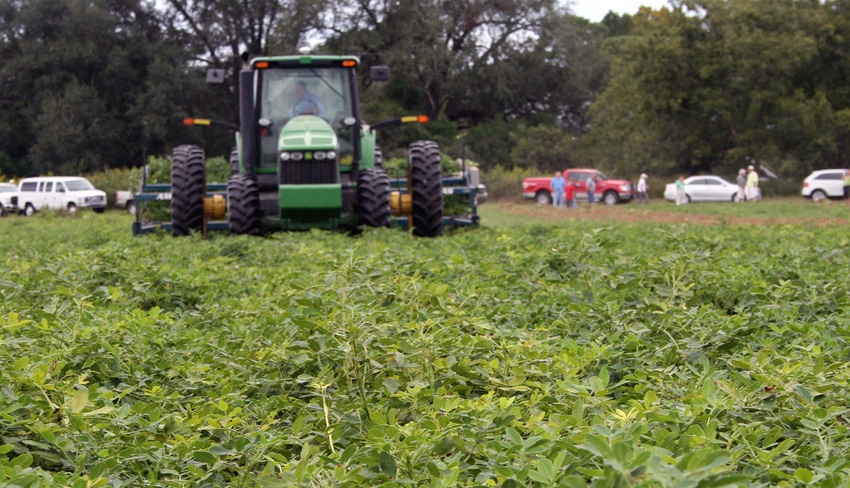
Aflatoxin has challenged U.S. peanuts, costing money and reputation. At all levels, the industry has worked to curb the problem, but other challenges also compete for limited resources. Now, an all-in effort wants to keep the issue on the front-burner until it's done.
"We tend as an industry to focus where we need to focus, focusing on the most-critical issues, and there are many. I would argue, as many in the industry would, that aflatoxin is the single-largest risk to the long-term viability of the peanut industry," says Karl Zimmer, CEO of Premium Peanut in Douglas, Ga., and chairman of the American Peanut Shellers Association.
Zimmer co-chairs the American Peanut Council Aflatoxin Task Force and gave an update on the committee's rejuvenated efforts to tackle the problem to the annual pre-harvest meeting jointly held by the APSA and the National Buying Points Association in August.
The Standard
A third of the U.S. peanut lots sampled in 2019 failed the USDA aflatoxin standard of 15ppb or less. The biggest failure rate in recent memory. The 2019 crop faced severe, adverse weather conditions, which led to the dramatic drop in its overall quality. This jolted an industry already tuned to the problem. Roughly, 20% of the 2010 and 2011 crops failed the standard.

"We can no longer look at aflatoxin as a one-in-ten crop problem. It's now an every-year problem," Zimmer says.
Aflatoxin is damaging U.S. peanut's global reputation but let's talk about the economic impact the 2019 crop had domestically. Marshall Lamb, research leader of the USDA National Peanut Laboratory, figures, after mitigation efforts such as blanching to remedy failed lots, aflatoxin costs the industry $120 million in 2019, or $84 per acre.
"(Marshall) is actually updating the analysis because he thinks this preliminary analysis is too conservative," Zimmer said.
He said very few customers will take a lot of shelled peanuts at the current USDA 15ppb or less aflatoxin standard. Most domestic customers require tighter specs of no more than 12ppb or even 8ppb.
Internationally, requirements and competition get tighter. Exports account for 25% of the U.S. peanut crop, an essential market space annually. Though exports are up to China, the country doesn't buy the high-quality, high-valued crop. A third of U.S. peanut exports go to the European Union and Japan, which seek out the higher-quality and valued peanut stock. That's the markets to keep and build, he said.
The EU aflatoxin standard is 4ppb. Japan's aflatoxin standard is 10ppb. These are significant non-tariff trade barrier problems for the U.S.
Bad Company
Evolving trade relationships and geopolitics affect many ag markets now domestically and globally, but aflatoxin is an issue the U.S. industry can address and leverage to its advantage, but doing so sooner rather than later is essential, Zimmer said.
The EU has for several years required only 1% of U.S peanuts entering the block to be inspected for aflatoxin. The EU recently raised that requirement to 10%. EU also requires 10% of India's peanuts entering to be inspected as well. The U.S. peanut industry doesn't want or need to be in the same company as India, Zimmer said.
"We've heard for many years that U.S. was the preferred supplier internationally of peanuts. Unfortunately, that is no longer true because quality directly related to aflatoxin is directly impacting our ability as an industry to compete. Argentina is taking our market share. Brazil is taking our market share. We need to solve this. It absolutely will impact every segment of this industry if we do not," he says.
The task force is expanding its efforts, in league with USDA and U.S. trade representatives, to engage trade partners on aflatoxin issues the U.S. peanut industry faces globally and rallying domestic resources and efforts to address the issue domestically.
The task force is packed with industry heavyweights, but it’s not exclusive, Zimmer says.
"If anyone else is interested in participating on this task force, you are absolutely welcomed. This is a problem that impacts the entire industry. We want the best minds, the best thinkers and anyone interested in this issue to work together to help solve it," he says.
About the Author(s)
You May Also Like






